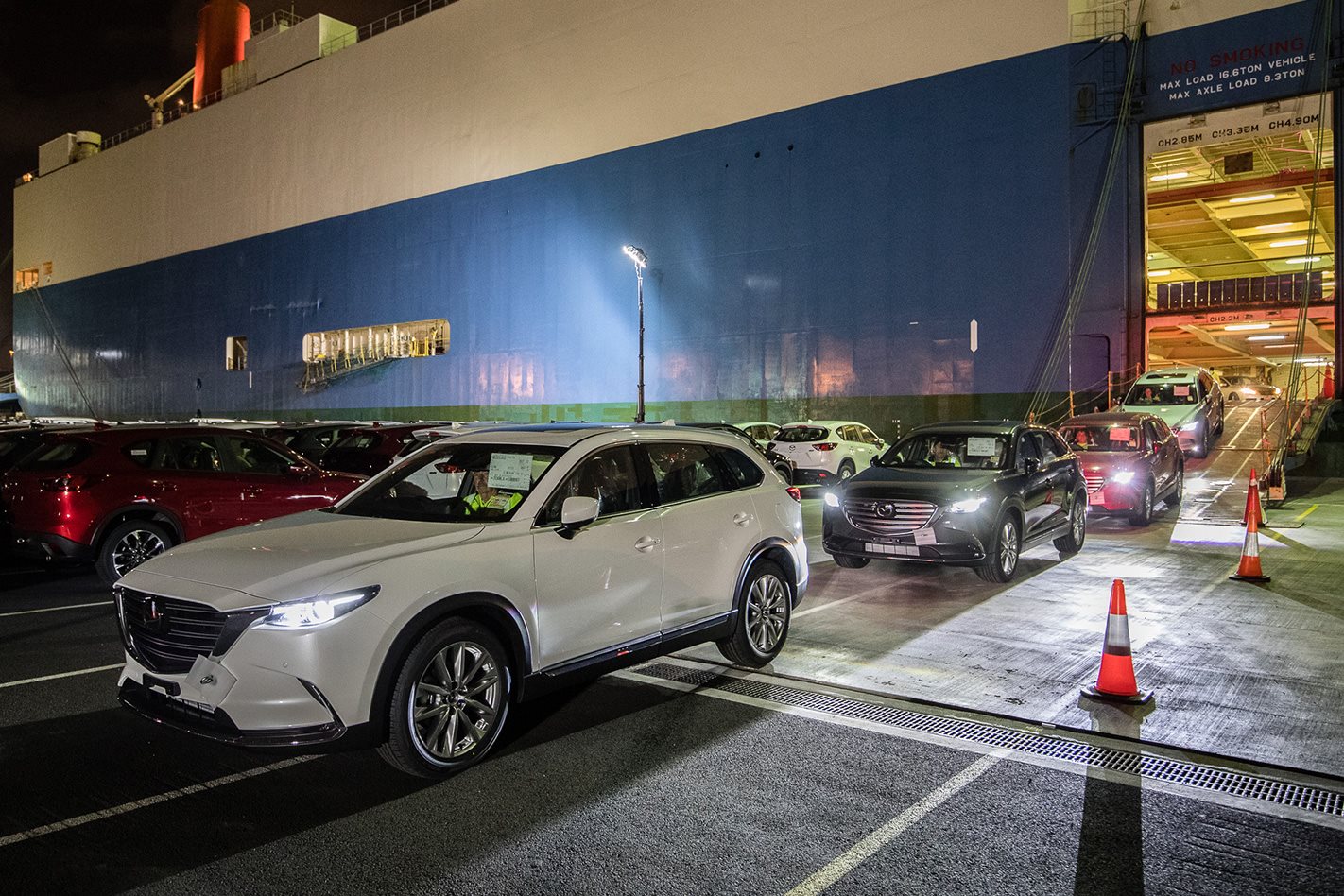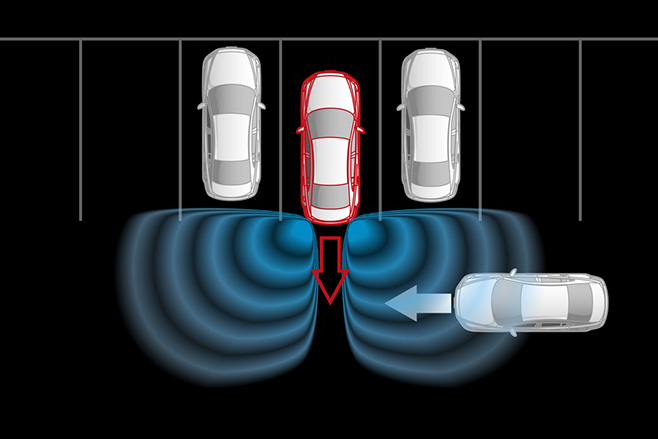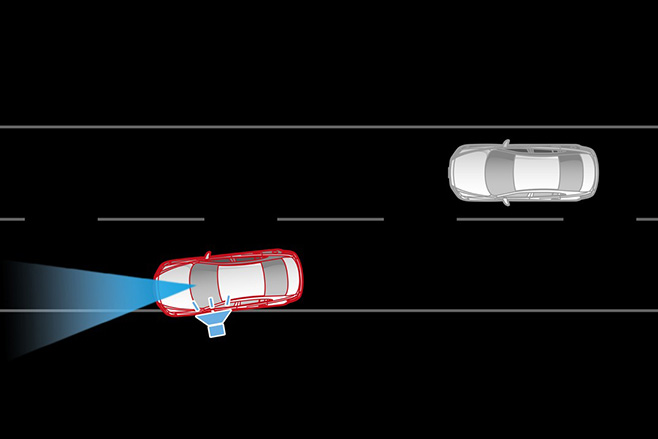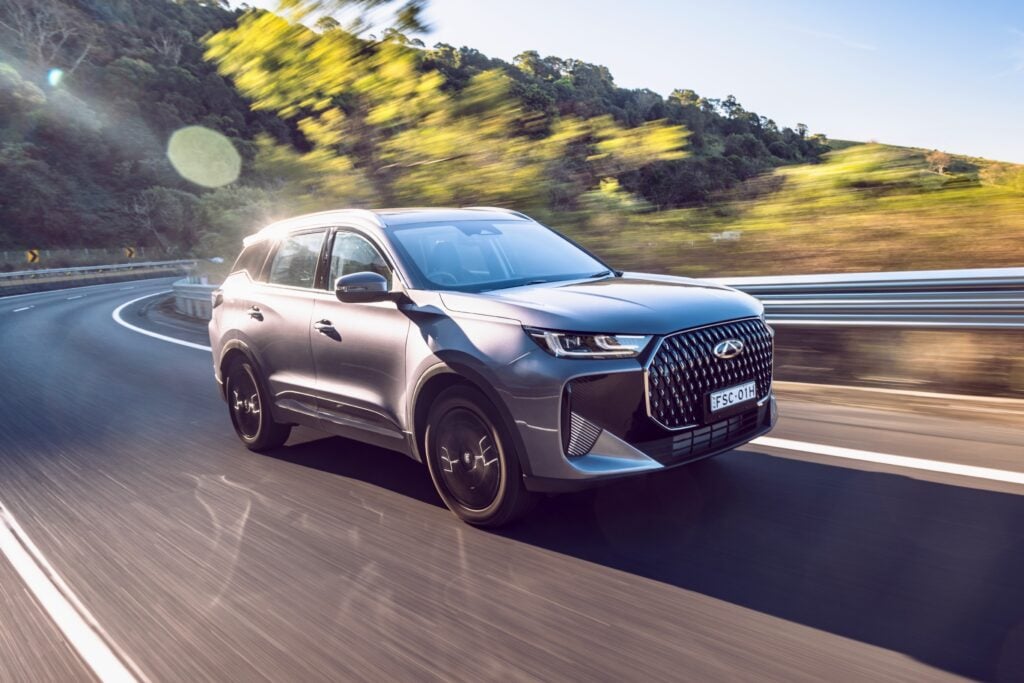
The new CX-9 will set the benchmark for active safety technology in the sub-$70,000 large SUV segment when it goes on sale mid-year.
Mazda’s second-generation seven-seater SUV will include active blind spot monitoring, a system that warns of traffic when reversing out of a parking spot or garage, and autonomous braking capability for both forward and reverse gears, all as standard.
The Japanese brand has also announced that the range-topping Mazda CX-9 Azami will feature additional safety technology as standard.

Included will be adaptive LED headlights with an anti-dazzle high beam mode, driver-fatigue monitoring, the ability to increase braking response to help avoid a crash and a lane-keep assist system that will apply subtle counter-steering if it detects the vehicle unintentionally leaving its lane.
None of the CX-9’s rivals can currently match the Mazda’s suite of safety tech. Hyundai’s Santa Fe comes closest by offering autonomous emergency braking, forward collision alert, lane departure warning, blind spot monitoring and rear cross traffic alert, though the features are available only on the most expensive variant, the Highlander.
Kia’s Sorento also only features blind spot detection, lane change assist and lane departure warning on the highest-spec model.

Blind spot monitoring and lane departure assist systems are available only on the top Toyota Kluger model, the Grande, while the Nissan Pathfinder’s only prominent active safety system is blind spot detection – not available on the base model.
The new Mazda CX-9 will be offered in four trim grades – Sport, Touring, GT and Azami and with the choice of front-wheel drive or all-wheel drive.
It is powered by a 2.5-litre turbocharged petrol engine that offers stronger performance than the outgoing CX-9’s V6 while significantly reducing fuel consumption.




